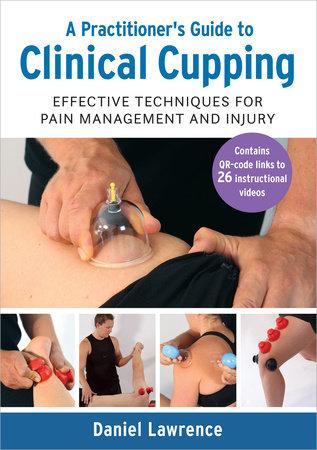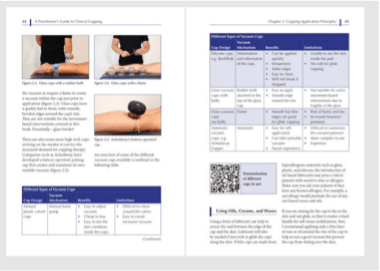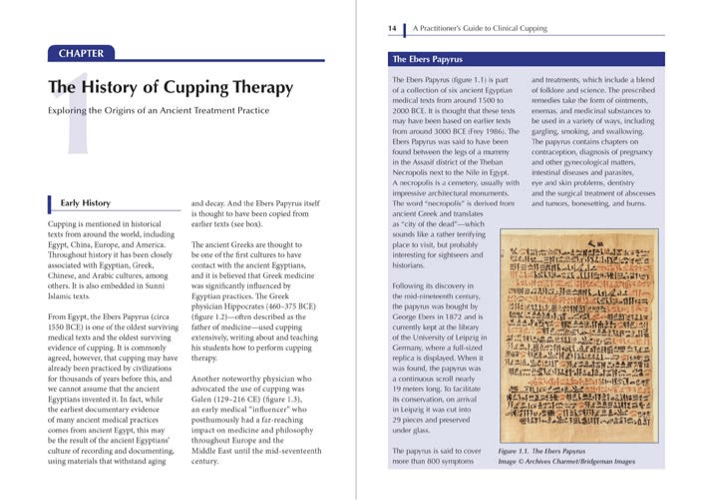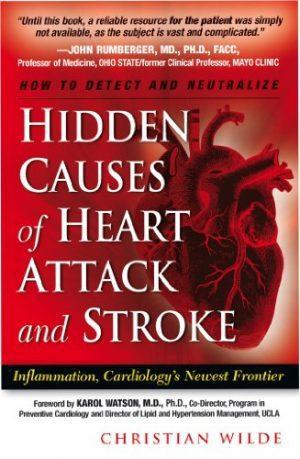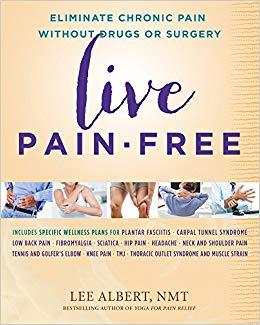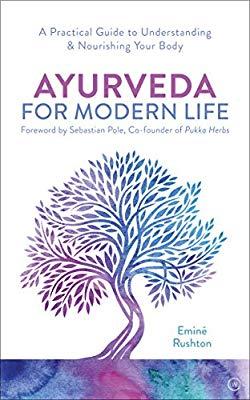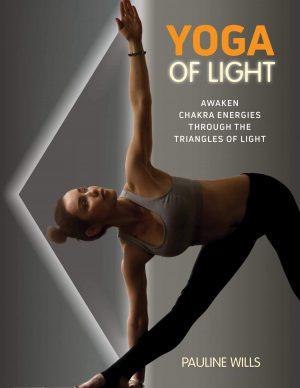A Practitioner’s Guide to Clinical Cupping
0,00 €
| Language of origin | |
|---|---|
| Publication date | |
| Infos : | Page Count: 128 |
Effective Techniques for Pain Management and Injury
TARGET CONSUMER: PRIMARY: Physical therapists, sports therapists, and bodyworkers, including alternative and holistic practitioners
A modern approach to the medical practice of dry cupping—to reduce inflammation and stimulate immune response; assist in myofascial release; relieve pain; and improve healing and recovery
Includes links to instructional online video content
A Practitioner’s Guide to Clinical Cupping provides a concise, practical, and easy-to-understand guide to safe and effective cupping techniques, integrating up-to-date research on physiology, neuroscience, and biomechanics
Physiotherapist Daniel Lawrence—known for his popular “RockPods” cupping training courses—includes all
the information a new practitioner needs to get started, including a basic history of cupping and theoretical
overview; how to apply and remove cups, and how long to leave them on the skin; how to use oils and creams to assist “glide cupping” techniques, and more
Chapters detail specific cupping practices for different parts of the body and common ailments, including:
• Achilles tendon and shin pain
• Knee, hamstring, and quad pain
• Hip problems
• Back and neck pain
• Carpal tunnel and other wrist pain
• Other common sports and overuse injuries
Featuring full-color photos throughout to clearly illustrate techniques, and video links for more detailed visual instruction, A Practitioner’s Guide to Clinical Cupping offers a complete and immersive learning experience
FOR PHYSICAL THERAPISTS, sports medicine therapists, others who work with athletes and sports injuries Sports medicine practitioners
COMPREHENSIVE, BEGINNER-FRIENDLY: Includes all the info a beginner needs to get started, including in-depth instruction on the basics of placement, timing,
and mechanisms
SAFE, EFFECTIVE, AND UP-TO-DATE: With info on neuroscience and biomechanics
HOT TOPIC: The technique and methodology of cupping is being modernized from its roots in TCM to its current uses in sports medicine, physical therapy, and pain management
SUPPLEMENTAL VIDEO: Links to instructional video content online
EXPERT AUTHOR: Daniel Lawrence is a well-platformed physiotherapist and author who gives frequent workshops on this topic
TABLE OF CONTENTS
- Introduction: Cupping—an Ancient Treatment, a New Waya. The History of Cupping Therapy b. Early History
c. Origins in Different Cultures
d. More-Recent Historye. Conclusion
- Cupping Application Principlesa. Introduction
b. Contraindications
c. Precautionary Usage
d. Areas to Avoid
e. Getting Started
f. Using Oils, Creams, and Waxes
g. Working with Body Hair
h. How Long Should You Cup For?
i. Applying the Cups
j. Removing the Cups Cleaning and Sanitizing - The Mechanics of Cupping
- The Physiology of Cuppinga. Understanding the Circular Markings b. Immune Response
c. Summary: Cupping Marks
d. Cupping and Blood Flowe. Conclusion: Cupping and Blood Flow
- Cupping and the Nervous Systema. Introduction
b. Understanding Pain Relief
c. Encouraging Movement
d. Smudging and Correcting Sensory Input
e. Sensory Discrimination Training with Vacuum Cups f. Conclusion - Cupping for the Foot, Ankle, and Lower Lega. Introduction
b. Getting Started
c. Foot Techniques
d. Ankle Techniques
e. Cupping for Achilles-Tendon Pain
f. Cupping the Gastrocnemius and Soleus g. Cupping for Shin Pain
7 . a. Introduction
b. Getting Started
c. Knee Techniques
d. Lateral Thigh Cupping Techniques
e. Hamstring Techniques
f. Quadriceps Techniques
g. Adductor Techniques
h. Conclusion
8. Cupping for Hip Pain
a. Introduction
b. Caution: Hip Pain in Children
c. Getting Started
d. Lateral and Posterior Hip Techniques e. Anterior Hip Techniques
f. Piriformis Technique
g. Conclusion
Cupping for Back Pain
a. Introduction
b. Contraindications
c. Stages of Nonspecific Back Pain
d. Getting Started
e. Passive Cupping
f. Active Cupping
g. Advanced Techniques
h. Cupping for Back-Pain
i. Rehabilitation
j. Conclusion
A Practitioner’s Guide to Clinical Cupping
10. Cupping for Shoulder Pain
a. Introduction
b. Contraindications
c. Getting Started
d. Active Cupping for the Glenohumeral Joint e. Glide Cupping
f. Scapular Cupping Techniques
g. Active Cupping for the Scapulothoracic Joint h. Glide Cupping the Thoracic Spine
i. Shearing Technique for the Pectoralis Major

